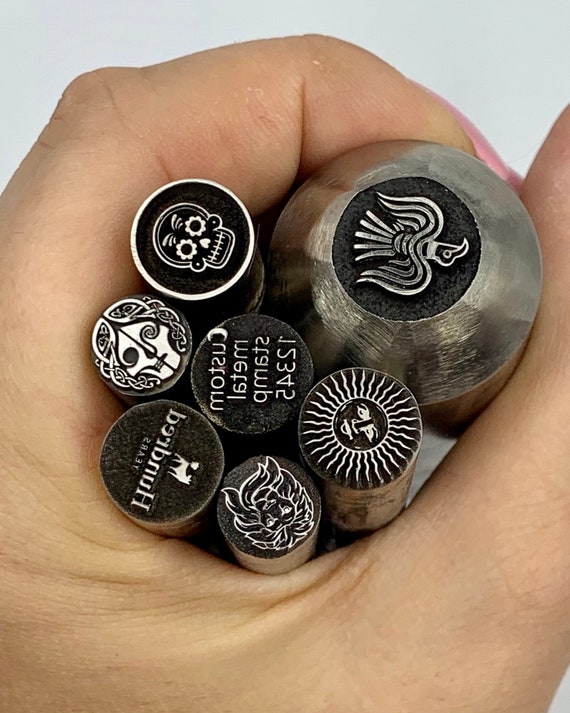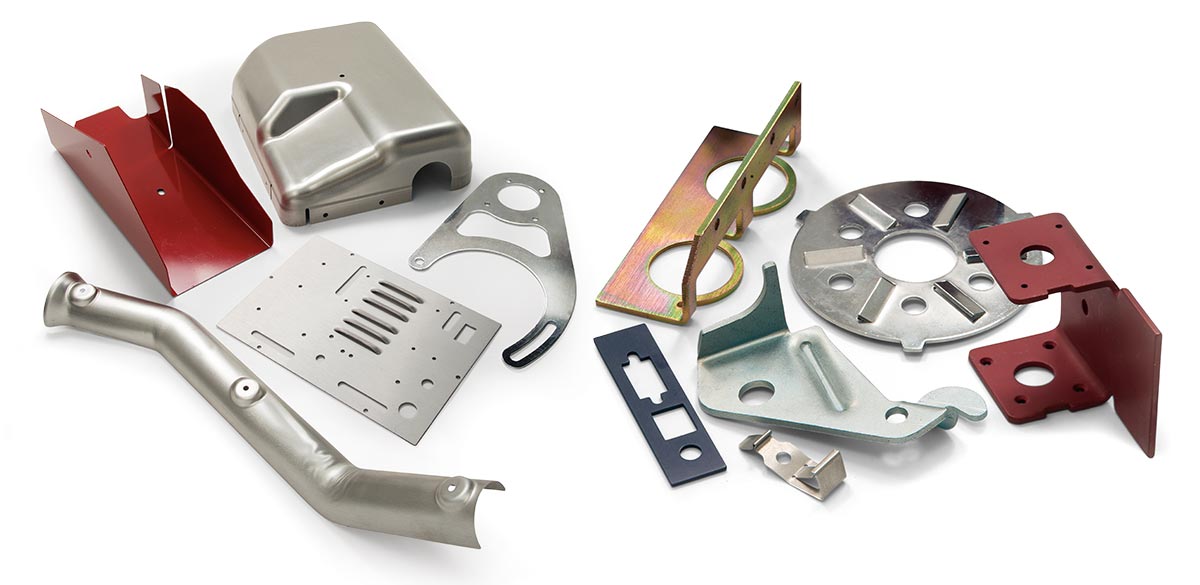Metal Stamping Processes: From Prototyping to Automation
Metal Stamping Processes: From Prototyping to Automation
Blog Article
The Development of Metal Marking Processes: Developments and Applications
The world of metal marking procedures has experienced a transformative trip marked by continuous development and adaptation to satisfy the demands of contemporary commercial practices. The applications span throughout a range of industries, each benefiting distinctly from the developments in steel marking procedures.
Conventional Steel Marking Techniques
Conventional steel marking strategies have actually long been the foundation of producing procedures in numerous industries due to their effectiveness and accuracy. The process includes developing a steel sheet or coil right into a wanted form by pushing it in between a die and a strike. This method is extensively utilized for creating huge amounts of get rid of high accuracy at a rapid speed.
One of the crucial benefits of typical steel marking strategies is the ability to maintain tight tolerances, making sure that each component satisfies the needed specs continually. This level of precision is important in markets such as vehicle, aerospace, and electronic devices, where even minor inconsistencies can lead to substantial concerns.
In addition, typical steel marking strategies offer economical solutions for mass manufacturing compared to various other producing methods. The capability to stamp components in fast sequence lessens production time and decreases labor expenses, making it an appealing choice for companies looking to maximize their production processes.
Emergence of High-Speed Stamping

Among the essential benefits of high-speed stamping is its capacity to maintain accuracy and consistency also at sped up handling speeds. This accuracy is essential in sectors where tight tolerances and detailed styles are called for. Additionally, high-speed stamping permits for the processing of a vast array of products, including light weight aluminum, stainless-steel, and copper, further increasing its applicability throughout various industries.
Moreover, the appearance of high-speed marking has made it possible for producers to fulfill the expanding demand for complex elements in sectors such as automobile, aerospace, and electronics (Metal Stamping). By leveraging the speed and accuracy of high-speed marking modern technology, firms can enhance their competitiveness in a swiftly evolving market landscape
Improvements in Tooling Modern Technology
With the evolution of high-speed stamping making it possible for boosted precision and efficiency in metal developing processes, the field of metal stamping has actually seen significant developments in tooling innovation. Tooling innovation plays an important function in metal marking procedures, influencing elements such as product high quality, manufacturing rate, and general cost-effectiveness. One crucial advancement in tooling innovation is the growth of smart tooling systems that include sensing units and monitoring devices to provide real-time information on the marking process. These systems can find problems such as tool wear my blog or misalignment, enabling for immediate adjustments to maintain optimal performance.
By making use of these advanced materials, tooling suppliers can produce dies and molds that stand up to the high stress and temperatures entailed in metal stamping procedures, resulting in longer tool life and improved production performance. Overall, these developments in tooling technology have actually transformed the steel marking industry, allowing producers to accomplish greater find this degrees of accuracy, performance, and price financial savings.
Integration of Automation in Stamping
As automation continues to reshape the landscape of metal stamping processes, the combination of automated systems has ended up being progressively common in contemporary manufacturing facilities. Automated systems use countless benefits in metal stamping, including increased effectiveness, improved accuracy, and enhanced safety. By integrating automation right into marking processes, producers can decrease cycle times, reduce material waste, and maximize manufacturing throughput.
Among the key elements of automation in stamping is using robot arms for tasks such as material handling, component control, and high quality examination (Metal Stamping). These robotic systems can carry out repetitive and labor-intensive jobs with speed and accuracy, liberating human drivers to concentrate on even more complicated operations. In addition, automation permits real-time surveillance and modification of stamping procedures, resulting in higher total process control and top quality assurance
In addition, the integration of automation in marking enables suppliers to accomplish consistent component quality, satisfy limited tolerances, and boost overall productivity. As innovation continues to breakthrough, the role of automation in steel marking processes is anticipated to increase even more, driving innovation and effectiveness in the production industry.
Applications Throughout Diverse Industries
Including steel marking procedures across diverse industries showcases the flexibility and adaptability of this production method. Additionally, the appliance industry advantages from metal marking procedures to manufacture components for refrigerators, washing equipments, and various other household home appliances. The adaptability of steel stamping processes makes it a beneficial production method across numerous markets, showing its importance in modern-day check production procedures.
Final Thought

Report this page